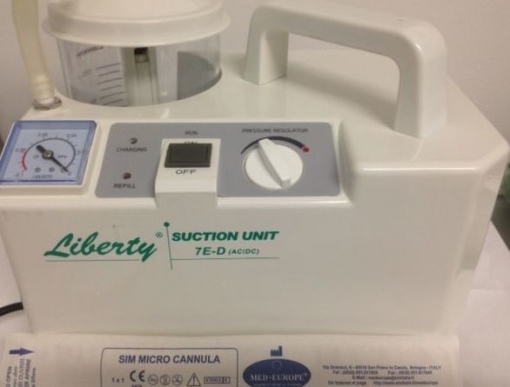

You should never stick ANYTHING into your ears While people with too little earwax are likely to experience itchy ears that are more prone to infection, an ear canal blocked up with earwax can cause earaches, mild deafness, a sensation of fullness in the ear, tinnitus, infections and other problems. The wax and tiny hairs in these passages trap dust and other foreign particles that could damage deeper structures, such as your eardrum.
Ear wax machine skin#
It’s secreted by glands in the skin that line the outer half of your ear canals. The exact recipe for earwax requires a good dose of sebum (a body secretion made up mostly of fat), skin cells, sweat and dirt.Įarwax is pretty important stuff, it's produced by the ear to clean and protect itself. It gets its name from its waxy, sticky texture - but earwax is not a wax. The correct medical term for earwax is, Cerumen. If you are prone to repeated wax impaction or use hearing aids, consider seeing your doctor every six to 12 months for a checkup and routine preventive cleaning.When was the last time you gave more than a passing thought to that waxy, yellow goo that sporadically comes out of your ears? Washing water through such a hole could start an infection. Putting eardrops or other products in the ear with the presence of an eardrum perforation may cause pain or an infection. If there is a possibility of a perforation in the eardrum, consult a physician prior to trying any over-the-counter remedies. Your ENT specialist may also need to remove the wax under microscopic visualization. If home treatments do not help, or if wax has accumulated so much that it blocks your ear canal and your ability to hear, an ENT specialist may prescribe eardrops designed to soften wax, or they may wash or vacuum it out. Discontinue the habit of inserting cotton-tipped swabs or other objects into the ear canals. Therefore, special care should be given to this part of the body. The ear is a delicate and complicated body part, including the skin of the ear canal and the eardrum. Good intentions to keep ears clean may lessen the ability to hear. In addition, accidental trauma to the ear drum or ear bones can occur if the swab is pushed too deep. Most cleaning attempts merely push the wax deeper into the ear canal which is shaped like an hourglass, causing a blockage at the narrowing part of the ear canal. This is often caused by attempts to clean the ear with cotton swabs. Wax blockage is one of the most common causes of hearing loss. Why Is It Dangerous to Use Swabs to Remove Earwax?
Ear wax machine manual#
Manual removal is preferred if your ear canal is narrow, the eardrum has a perforation or tube, other methods have failed, or if you have skin problems affecting the ear canal, diabetes or a weakened immune system. This is most often performed by an ENT (ear, nose, and throat) specialist, or otolaryngologist, using suction or special miniature instruments, and a microscope to magnify the ear canal. Manual removal of earwax is also effective. Caution is advised to avoid having your ears irrigated if you have diabetes, a hole in the eardrum (perforation), tube in the eardrum, skin problems such as eczema in the ear canal or a weakened immune system. Ear syringing is most effective when water, saline, or wax dissolving drops are put in the ear canal 15 to 30 minutes before treatment. Common solutions used for syringing include water and saline, which should be warmed to body temperature to prevent dizziness. Irrigation or ear syringing is commonly used for cleaning and can be performed by a physician or at home using a commercially available irrigation kit. Detergent drops such as hydrogen peroxide or carbamide peroxide (available in most pharmacies) may also aid in the removal of wax. Patients can try placing a few drops of mineral oil, baby oil, glycerin, or commercial drops in the ear. Most cases of ear wax blockage respond to home treatments used to soften wax. This condition is call cerumen impaction. The ears should be cleaned when enough earwax gathers to cause symptoms or to prevent a needed assessment of the ear by your doctor. Ideally, the ear canals should never have to be cleaned. Cleaning a working ear can be done by washing it with a soft cloth, but do not insert anything into the ear.


 0 kommentar(er)
0 kommentar(er)
